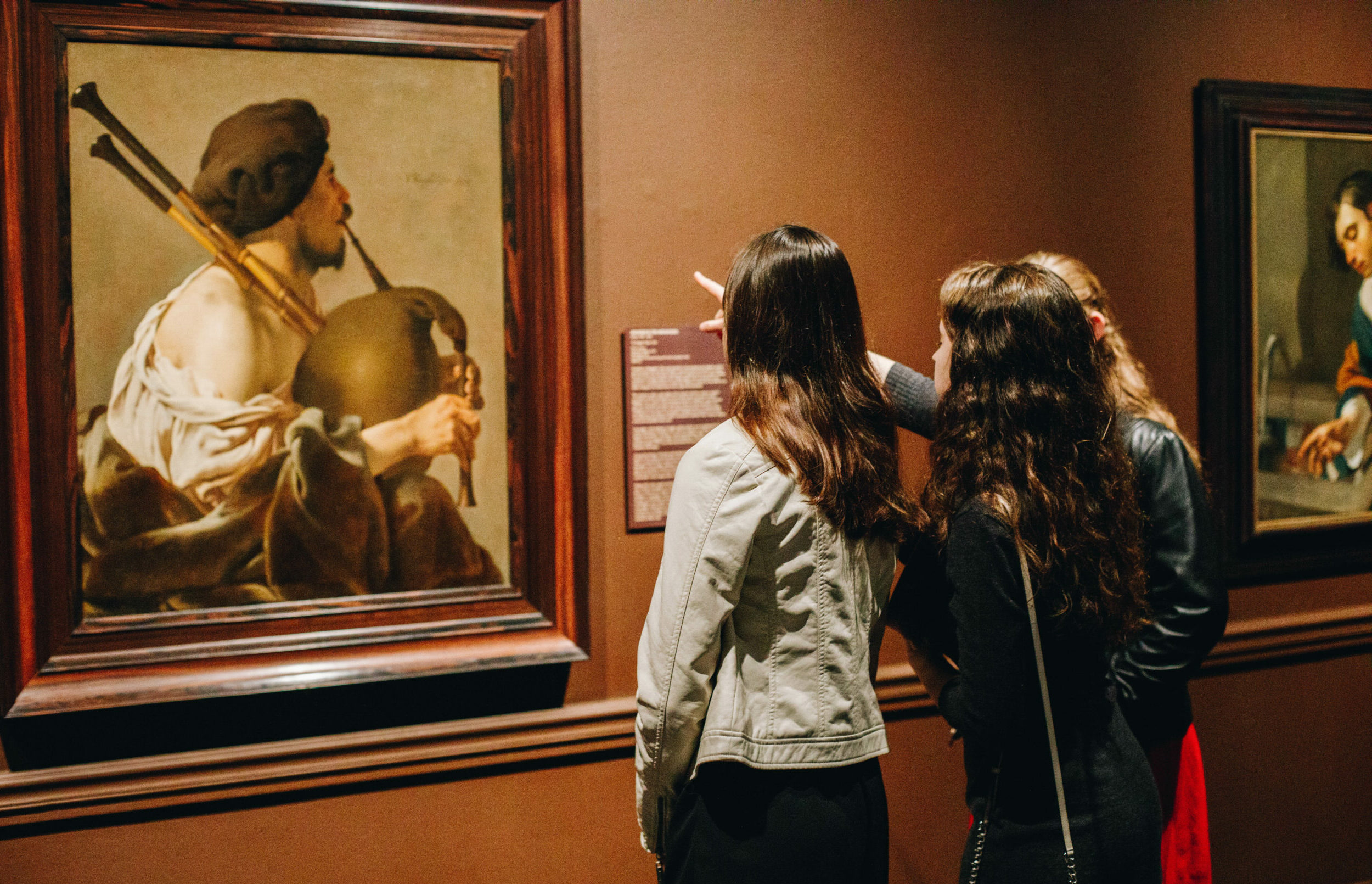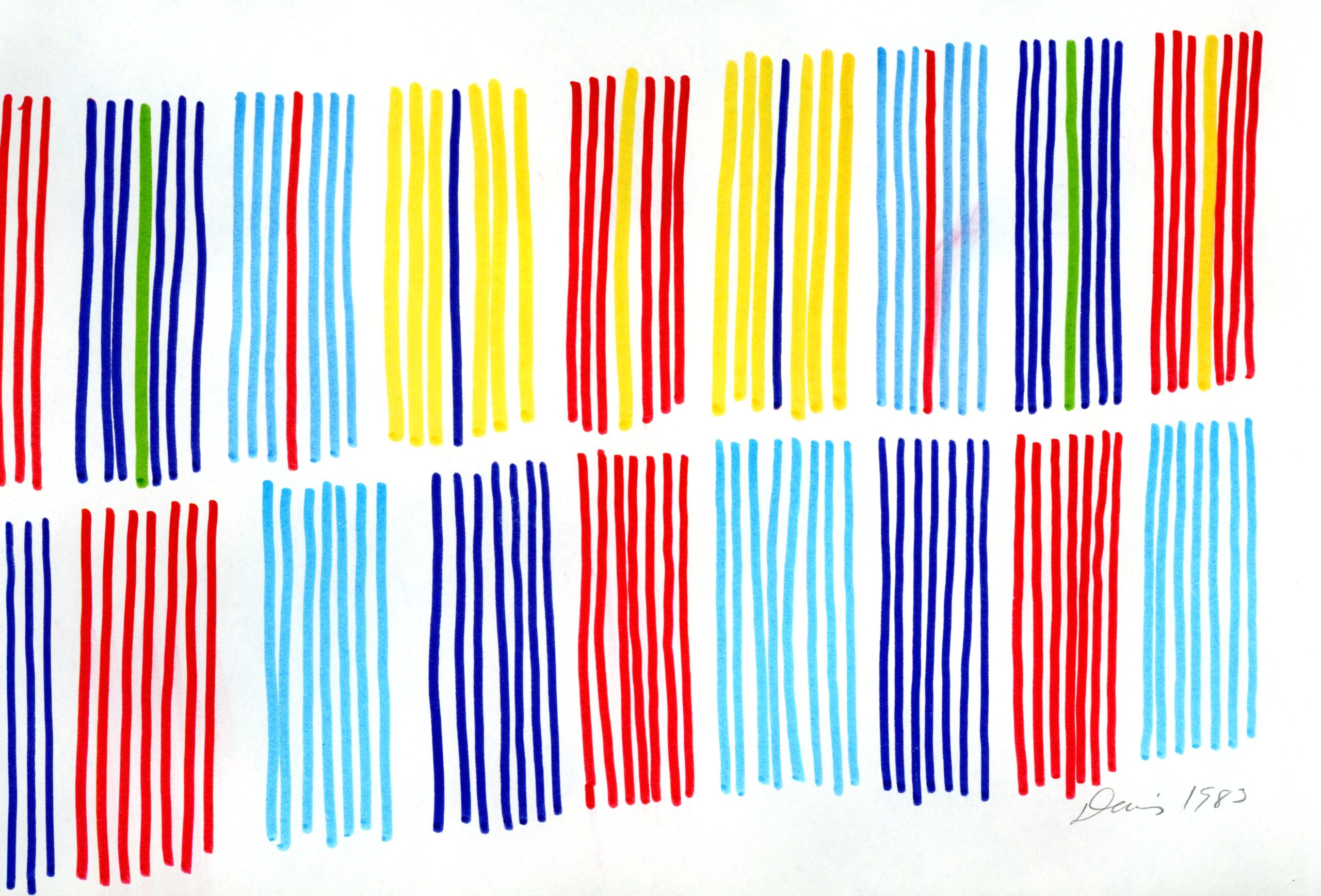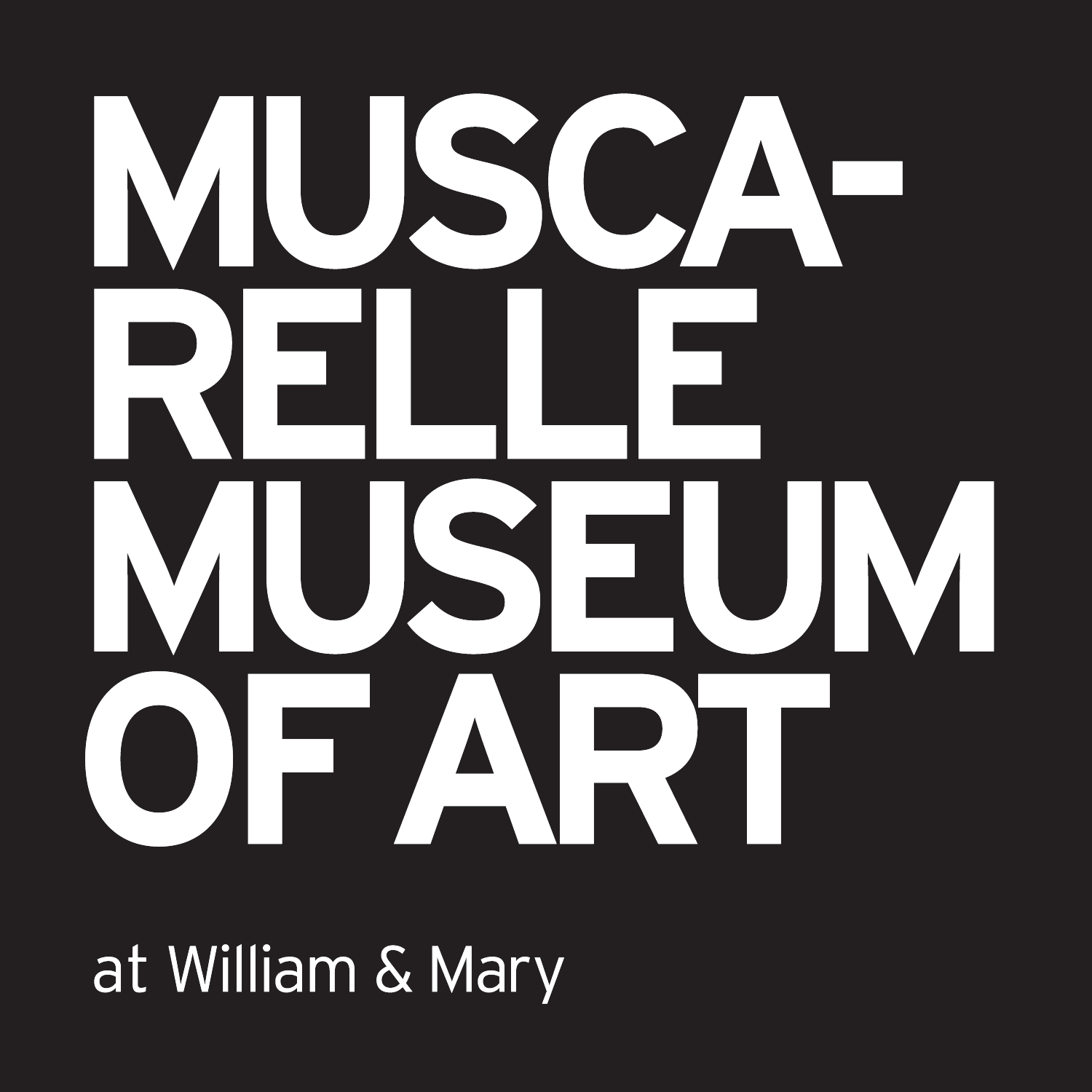
The Muscarelle Museum of Art is located on the historic campus of William & Mary. The Museum’s permanent collection of nearly 8,000 objects is one of the oldest campus-based collections of art in the United States.
The Museum serves as a working laboratory for the university, collaborating with faculty and staff in interdisciplinary ways and engaging students through internships, research and study.
The Museum also serves as a dynamic resource for the wider community, hosting original and traveling exhibitions featuring artwork on loan and from the Museum’s own permanent collection.
Through educational programming, the Museum aims to serve as a catalyst for art exploration throughout the community.
History
William & Mary received its first gift of art in 1732. Over the centuries, numerous gifts of art were received by the university including historically significant American and English Colonial painters and sitters as well as modern works such as White Flower by Georgia O’Keeffe given by Abby Aldrich Rockefeller (Mrs. John D. Rockefeller, Jr.) in the 1930s. Early advocates for preservation and cataloguing the university’s art treasures included Dr. Earl Gregg Swem and Thomas Thorne. In the 1970s, Dr. Miles Chappell worked with art history students to conduct a larger survey to catalogue the artworks owned by William & Mary. The survey revealed that over nearly 300 years, the university had amassed a sizeable collection of art and established the need for a museum to preserve and protect them.
The Muscarelle Museum of Art was established in 1983 thanks to generous funds from alumni and friends. Glen Lowry served as the first director and oversaw the planning and construction of the original museum building, which was designed by architect Carlton Abbott. The principal benefactor was Joseph L. Muscarelle ’27 and his wife Margaret, who generously supported the formation of a museum and whose family has continued their support throughout the years.
 Integrated into the façade of the original building was the “world’s first solar painting” designed by the noted Washington Color School painter Gene Davis. Entitled Sun Sonata, the solar wall consisted of 126 fiberglass tubes of tinted water backlit by fluorescent lights and was designed to produce passive solar heat for the Museum. In 2013, sheets of vinyl replaced the tinted water, which had proved challenging to maintain over time. The project replicated one of the 15 original color schemes outlined by Davis in a sketchbook gifted to the museum and restored the Williamsburg landmark to its original radiance.
Integrated into the façade of the original building was the “world’s first solar painting” designed by the noted Washington Color School painter Gene Davis. Entitled Sun Sonata, the solar wall consisted of 126 fiberglass tubes of tinted water backlit by fluorescent lights and was designed to produce passive solar heat for the Museum. In 2013, sheets of vinyl replaced the tinted water, which had proved challenging to maintain over time. The project replicated one of the 15 original color schemes outlined by Davis in a sketchbook gifted to the museum and restored the Williamsburg landmark to its original radiance.
The Muscarelle Museum of Art was accredited by the American Association of Museums (now American Alliance of Museums) in 1988 and received subsequent accreditation in 2000 and 2012. The Museum was the first university museum of art in the Commonwealth of Virginia to be accredited by the AAM. This distinction is held by fewer than five percent of museums in the U.S.
A major expansion project in 2023-2024 more than tripled the size of the original Museum, significantly expanding its ability to present special exhibitions, display more of its permanent collection, and connect visitors through transformative experiences with the arts. Designed by acclaimed international architecture firm Pelli Clarke & Partners, the three-story, 40,000 square foot addition was named the Martha Wren Briggs Center for the Visual Arts in honor of lead donor Martha Wren Briggs ’55. Fully funded through private giving, the expansion project was made possible by the support of many donors and friends of the Museum.


